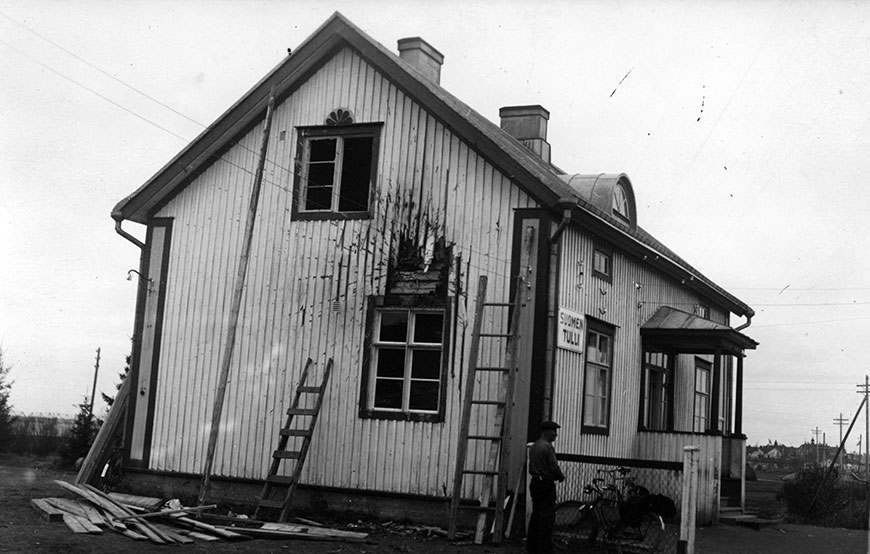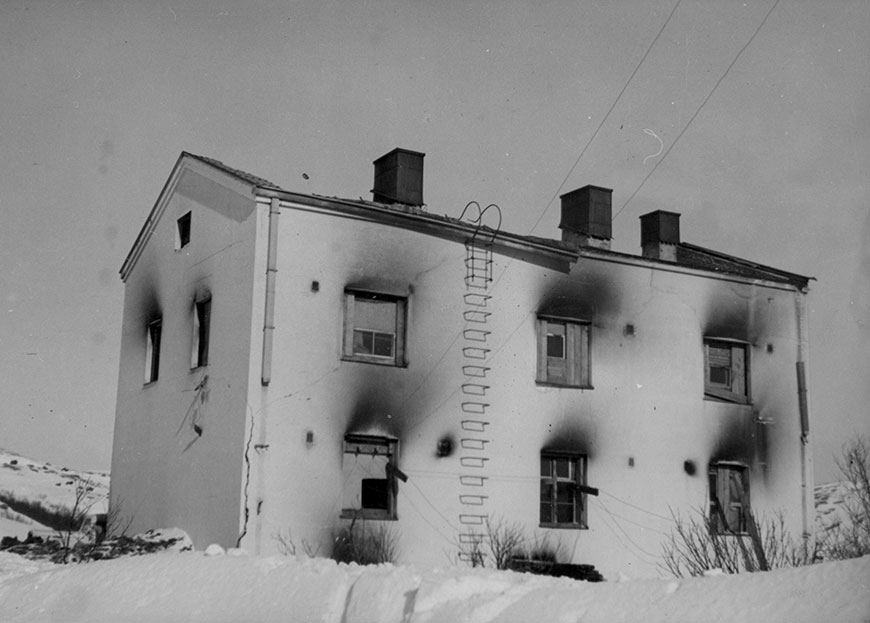History of Finnish Customs: Wars and times of crises
Rigorous regulation of goods started when Finland was still a part of the Russian Empire. Goods were subjected to regulation due to the First World War that broke out in 1914. For Customs, this meant the supervision of import and export licences. As the war dragged on, more and more goods were subjected to import and export restrictions. The increase in restrictions also resulted in more and more violations, as goods were smuggled in order to circumvent regulations and to make profit.
The period of crisis continued after Finland became an independent country and suffered a civil war. De-regulation did not occur until the early 1920s. In the autumn of 1939, de-regulation had to be implemented again. A licence was required for all import and export goods. Customs was responsible for the supervision of licences. However, Customs did not decide to whom licences were granted.
In the time of war, Customs was entrusted with many new tasks. For example, the laboratory of the Customs Board built and tested explosives. Customs personnel was not only transferred to the front lines. They also took part in many important tasks relating to the wartime economy. A large number of customs personnel also served in the frontlines, in the Civil Guards or as members of the women’s auxiliary service (lotat).
Periods of crises were also difficult times for Customs, as the state budget underwent harsh austerity measures. In the 1940s, customs personnel was put on retaining pay as a result of reduced foreign trade. Customs played an important role in the supervision of war reparation deliveries prior to their exit from Finland.
Rationing continued after the war and was gradually ended in the 1950s. Due to rationing, Customs carried out numerous seizures. The seized quantities decreased as time went by and restrictions were removed. At that time, most customs offences involved normal trade goods that were not easily available in Finland. Gradually, crime started to focus on alcohol and tobacco.

